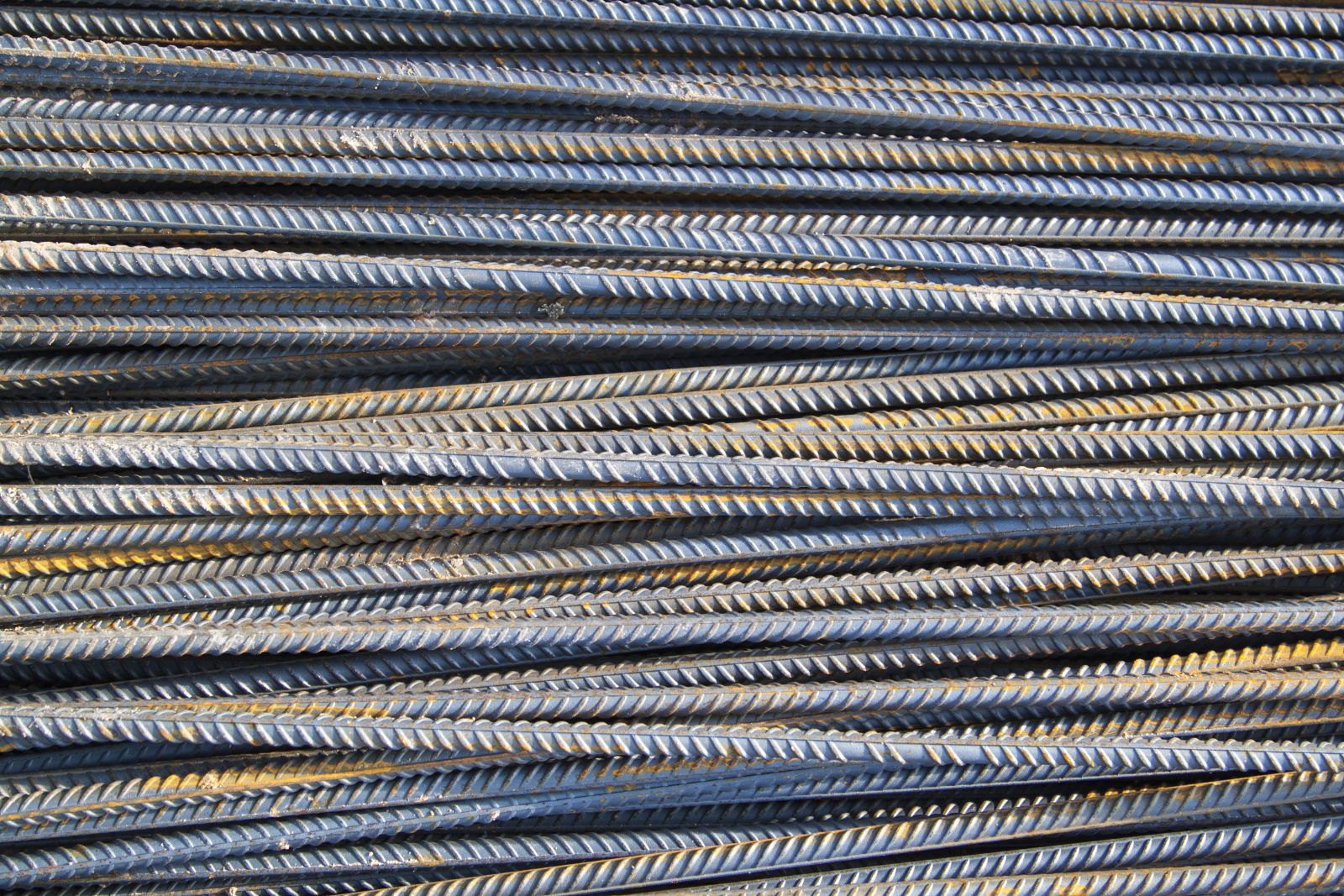
Steel (HVV24), the backbone of industrial progress, is currently hitting a rough patch. Prices have plunged this year, battered by a slowdown in demand and a surge in Chinese exports. China’s overproduction and weak property market continue to push global prices down, exacerbated by fresh concerns over industrial demand amid this week’s soft manufacturing data.
As U.S. steel producers become an election-year flashpoint for tariff debates, it’s worth taking a look at Luxembourg-based ArcelorMittal S.A. (MT), with its broad geographical exposure - particularly with one bullish analyst arguing that the commodity giant’s European business is “literally priced at zero” at current valuations.
About ArcelorMittal Stock
ArcelorMittal S.A. (MT), founded in 1976, is a global giant in steel and mining with a market cap of $19 billion. Last year, the company produced about 50% of its steel in Europe, compared to 39% in the Americas, with the remaining 11% spread across locations such as South Africa and Ukraine - highlighting MT’s broad geographical diversity.
ArcelorMittal crafts everything from flat steel products, like slabs and coils, to long products, like bars and rails. They also have mining operations, producing iron ore and coking coal across the globe. Supplying industries from automotive to energy, ArcelorMittal's reach is as vast as its product lineup, making it a cornerstone in modern infrastructure and industry.
ArcelorMittal is currently trading 23.8% below its 52-week peak of $29.01, reached in December.
ArcelorMittal’s Dividend Boost and Buyback Plans
At ArcelorMittal’s April 30 annual general meeting, shareholders greenlit an annual dividend of $0.50 per share, reflecting the company’s commitment to rewarding its investors. This dividend, a step up from last year’s $0.44 per share, is being paid in two installments - the first one was paid on June 12, while the second will be paid on Dec. 4.
At current levels, MT’s dividend yield is 2.12%, slightly higher than the materials sector median.
ArcelorMittal is also dedicated to returning at least 50% of post-dividend free cash flow to shareholders through share buyback programs. In Q2 2024 alone, ArcelorMittal repurchased 1.5% of its outstanding shares, marking a significant reduction in fully diluted share count. This blend of dividends and buybacks underscores the company’s focus on enhancing shareholder value.
MT Slips on Q2 Earnings Miss
The company reported its fiscal Q2 earnings results on Aug. 1, which missed Wall Street’s forecasts. ArcelorMittal’s revenue slid 12.7% year over year to $16.2 billion, while its adjusted net income took a sharp 71.5% dive, reaching $0.63 per share.
Despite the downturn, the benefits of MT’s diversification to help buffer the cyclical nature of the commodities business were clear. Steel shipments rose 3% sequentially, and lower costs helped soften the blow from declining steel prices. With EBITDA at $1.86 billion and an EBITDA per tonne of $134 in Q2, the company’s structural improvements held strong.
Net debt stood at $5.2 billion by the end of the quarter, with $11.1 billion in gross debt and $5.9 billion in cash and equivalents. Over the past year, ArcelorMittal generated $2.6 billion in investable cash flow, channeling $1.5 billion into strategic growth projects and returning $1.8 billion to shareholders, reinforcing its commitment to long-term value creation.
ArcelorMittal is cautiously optimistic about the second half of 2024. While it faces tough market conditions, Europe’s low inventories and recent destocking woes could lead to a recovery in the latter half of 2024.
Management expects global steel consumption to grow between 2.5% and 3% in 2024, excluding China, which is slightly down from the previous forecast. The firm is sticking to its capital expenditure forecast of $4.5 billion to $5 billion, with strategic growth projects playing a key role. Additionally, management anticipates reversing a $1.6 billion working capital investment by year-end, setting the stage for stronger free cash flow and structurally higher EBITDA in the future.
Looking ahead, analysts tracking ArcelorMittal predict its EPS to decline by 39.3% to $3.51 in the current fiscal year. However, in fiscal 2025, EPS is expected to grow by 30.7% to $4.59.
What Do Analysts Expect for ArcelorMittal Stock?
Last week, Deutsche Bank analyst Bastian Synagowitz upgraded MT from "Hold" to "Buy" and increased the price target to €28, citing the steelmaker's attractive valuation and healthy free cash flow.
With the stock down sharply from its highs of late 2023, the analyst notes that the risks are more appropriately priced in, and "the upside potential based on a reversion to mid-cycle is significant."
Synagowitz also highlighted the "valuation multiples of 3-4x EV/EBITDA,” which he says “are (wrongly) held hostage by the European business (literally priced at zero)." The analyst notes that management has "taken advantage of this and already bought back ~37% of the equity since September 2020, and midcycle FCF yields of 10%-20% suggest that this will continue," indicating that he anticipates MT will continue to pour free cash flow into buybacks going forward.
The upgrade from Deutsche Bank follows a similarly bullish note from Barclays earlier in the month, when analyst Tom Zhang cited MT’s compelling valuation and a more appealing risk/reward for European steel as the motivation behind an upgrade to “Overweight.”
Overall, MT has a consensus rating of “Moderate Buy,” with the number of “Strong Buys” now at 6, up from 4 one month ago. The rest of the 10 analysts in coverage are split between one “Moderate Buy” and three “Holds.”
The mean price target for MT of $30.40 implies a potential upside of about 37.5% from current levels. The Street-high estimate of $36.20 suggests that the stock might surge even higher, marking an impressive 63.8% premium.
On the date of publication, Sristi Suman Jayaswal did not have (either directly or indirectly) positions in any of the securities mentioned in this article. All information and data in this article is solely for informational purposes. For more information please view the Barchart Disclosure Policy here.






